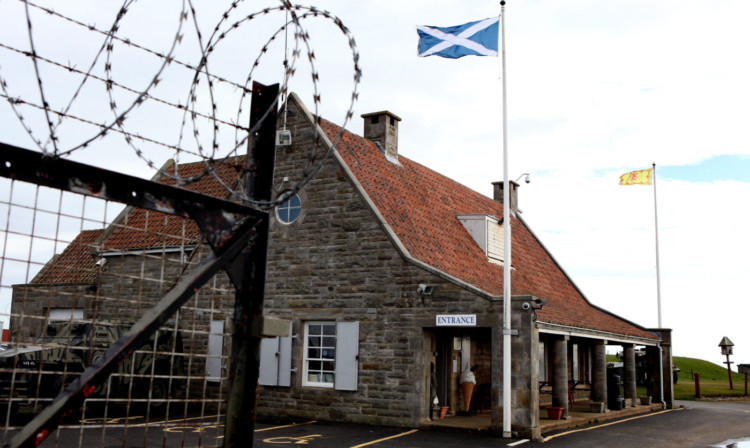A Scottish Parliament debate marking the 20th anniversary of Scotland’s Secret Bunker opening has praised the Fife attraction for serving as a valuable reminder that, not so long ago, the world was teetering on the brink of nuclear war.
Scotland’s Secret Bunker, a Cold War nuclear command centre near Anstruther, was originally built by the Ministry of Defence and kept hidden by the few locals in the know in the early 1950s.
The RAF Operations Room, was secretly set up as the regional headquarters for Scotland in the event of a nuclear attack and would have housed up to 300 personnel tasked with taking command of the country should the worst have happened.
Murdo Fraser, MSP Mid Scotland and Fife said: “Fife has many historic attractions but nothing quite like the Secret Bunker.
“Inside it, history comes alive and visitors are offered a distinctive insight into the macabre world that was the Cold War.
“The bunker has huge importance to Fife’s culture, economy and education and I join others in wishing it success for the next 20 years.”
Roderick Campbell, MSP North East Fife said: “Artefacts such as Scotland’s Secret Bunker serve as a valuable reminder that the world balanced precariously close to nuclear disaster and that it was prepared for nuclear war. Mercifully, it was never used for its intended purpose.”
After being decommissioned in the late 1980s following the collapse of the Soviet Union and the dissolution of nuclear threat, the facility was removed from the Official Secrets List in 1993 and, after being sold as a private farmhouse with rather large cellar, opened to the public in 1994.
Scotland’s Secret Bunker is now one of Fife’s major tourist attractions and welcomes tens of thousands of visitors down its 450ft tunnel every year.
After undergoing an extensive restoration programme during the winter, the 20th anniversary of the facility’s three-tonne blast doors opening to the public is being marked with an expansion into areas that visitors have never seen before.
Now the British Telecom equipment room, where hitherto hidden areas are accessible, has been extensively remodelled, allowing Cold War (and, indeed, telecoms) enthusiaststhat chance to see the specialist communications equipment which connected 2,800 phone lines to the bunker and which would have been Scotland’s main line of communication with the outside world in the event of a nuclear war.
James Mitchell, managing director of the attraction, said: “We are really excited about this year, having completed a programme of refurbishments during the winter months.
“So far, we have had a great response to our 20th anniversary celebrations, notably the recent debate at Scottish Parliament which was secured by our local MSP, Roderick Campbell. We love getting feedback from our visitors and to get such positive support from Parliament is great encouragement to continue for another 20 years.
“We’re also very excited about being able to extend and show off areas of the bunker that may have never been seen before.
“Since the bunker only opened to the public 20 years ago, people are amazed at just how recent and real the threat was, and just how prepared we were.”
